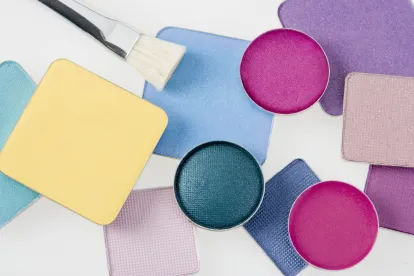On October 30, 2019, the Federal Circuit held that evidence of copying may be used to rebut an obviousness challenge, even if that evidence does not relate to the copying of a specific product. (Liqwd, Inc. v. L’Oreal USA, Inc.; appeal from PGR2017-00012).
The appeal relates to a post-grant review (PGR) proceeding brought by L’Oreal against Liqwd’s U.S. Patent No. 9,498,419, relating to formulations and methods of treating hair, skin, or nails using an “active agent” (such as maleic acid). With respect to the obviousness portion of the challenge, Liqwd submitted arguments and evidence related to objective indicia of non-obviousness, including evidence of copying by L’Oreal. The evidence included declarations detailing disclosure of Liqwd’s then-confidential patent application, L’Oreal’s receipt and review of that application, and L’Oreal’s subsequent loss of interest in purchasing Liqwd’s technology.
After weighing the evidence, the Patent Trial and Appeal Board (PTAB) found that L’Oreal would not have developed products using maleic acid without having had access to Liqwd’s confidential information. However, the PTAB deemed the evidence irrelevant because Liqwd had not shown that L’Oreal copied a “specific product,” citing Iron Grip Barbell Co. v. USA Sports, Inc., 392 F.3d 1317, 1325 (Fed. Cir. 2004).
The Federal Circuit acknowledged having stated in Iron Grip that “copying requires the replication of a specific product” (Id.), but clarified that the statement was merely making the point that existence of an infringing product is not, by itself, evidence of copying. Noting later cases referencing that same language, “the question of legal relevancy was determined by whether there was actual evidence of copying efforts . . . ; the focus was not whether the copying efforts involved a ‘specific product’” (emphasis added). By way of further illustration, the Federal Circuit provided additional examples of the sort of evidence that may support a contention of copying, including:
-
Access to an issued patent coupled with circumstantial evidence regarding changes to a competitor’s design (e.g., prompt adoption of the claimed feature).
-
Access to published articles about, and adoption of, a patented method.
As with any objective evidence of non-obviousness, a nexus between the evidence and the claimed features of the invention must also be shown. Apple Inc. v. Samsung Elecs. Co., 839 F.3d 1034, 1082 (Fed. Cir. 2016). However, the Federal Circuit in Liqwd emphasized that “where there is evidence of actual copying efforts, that evidence is always relevant.” Because the PTAB ignored evidence of actual copying in reaching its conclusion of obviousness, the Federal Circuit vacated the decision and remanded to the PTAB to appropriately weigh that evidence in its obviousness analysis.
Takeaway: Mere existence of an infringing product is not evidence of copying. However, evidence of actual copying efforts having a nexus with claimed features of an invention are relevant indicia of non-obviousness, which are “essential safeguards that protect against hindsight bias.”





 />i
/>i

